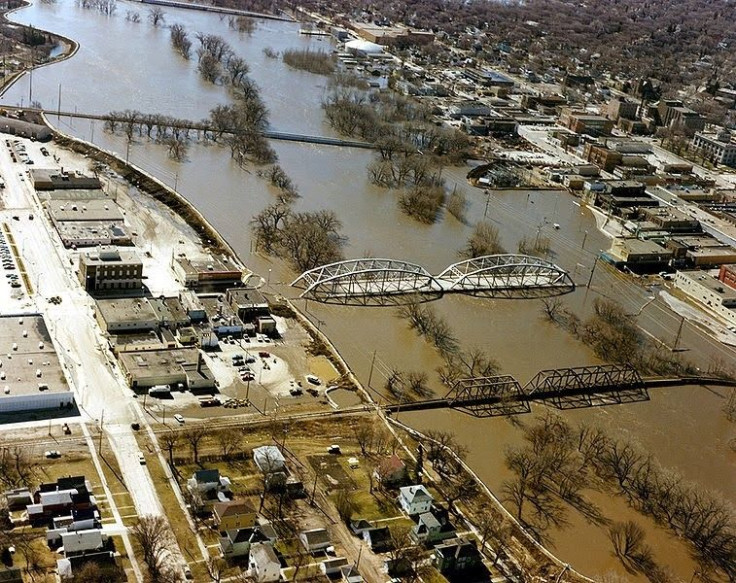U.S. Rivers Releasing Alarming Amount of Carbon Dioxide into Atmosphere: Study

Scientists at Yale University estimate that streams and rivers in the U.S. are releasing alarming amounts of carbon dioxide into the atmosphere in a significant gauge of climate change.
The release of carbon dioxide, according to the researchers, would be the equivalent of cars burning 40 billion gallons of gasoline or the amount of fuel consumed to drive to and from the Moon at 3.4 million miles.
The findings, published in the current issue of the journal Nature Geoscience, could change the way scientists model the movement of carbon among land, water and the atmosphere.
Yale researchers analyzed samples taken from more than 4,000 rivers and streams throughout the United States and incorporated detailed geospatial data to model the flux of carbon dioxide from water.
The researchers found that a significant amount of carbon contained in land, which is first absorbed by plants and forests through the air, is leaked into streams and rivers and then released into the atmosphere before it reaches the sea.
What we are able to show is that there is a source of atmospheric carbon dioxide from streams and rivers, and that it is significant enough for terrestrial modelers to take note of it, said David Butman, co-author of the paper and scientist at the Yale University School of Forestry & Environmental Studies.
These rivers breathe a lot of carbon, said Butman. They are a source of carbon dioxide, just like we breathe out carbon dioxide and, like smokestacks, emit carbon dioxide. This has never been systematically estimated from a region as large as the United States.
The paper, titled Significant Efflux of Carbon Dioxide from Streams and Rivers in the United States, also indicates that as the climate heats up, there will be more rain and snow, and that an increase in precipitation will result in even more terrestrial carbon flowing into rivers and streams and being released into the atmosphere.
The researchers note that currently it's difficult to determine how to include this flux in regional carbon budgets, because the influence of human activity on the release of carbon dioxide into streams and rivers is still unknown.
Direct measurements of carbon dioxide concentrations and fluxes in streams and rivers are still extremely rare, said Henry Gholz, program director in the National Science Foundation's Division of Environmental Biology, which funded the research. This study demonstrates that both are much higher than assumed. The research should enable more predictive and precise models of carbon cycling at regional to global scales.
Any accurate estimate of carbon uptake vs. carbon released should include the carbon in streams and rivers, Butman concluded.
© Copyright IBTimes 2024. All rights reserved.





















